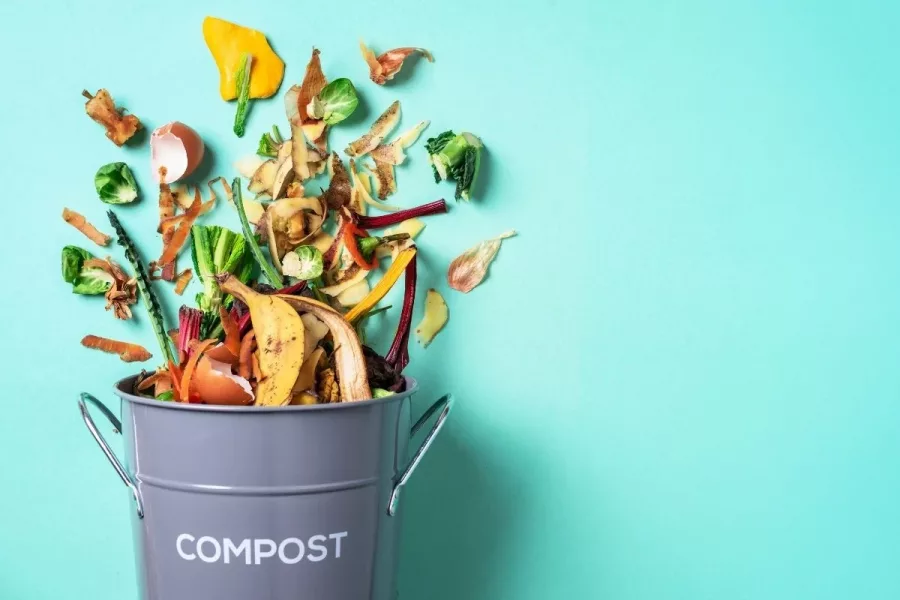If you’ve ever wanted to compost but don’t know where to start, then this is the blog post for you! There are so many different types of compost units available on the market as well as a wide range of ways they can be used. In this blog post, I’ll go over which type of compost unit is best for your needs, and how to get started using it.
Which Composting Type Suits You?
When it comes to choosing a compost unit, there are tons of different options available. I personally had four different compost units in my yard before I found the perfect one for my needs (two tumblers, a worm bin, and a backyard composter). Here’s a run-down of the different types and what they’re best for:
Backyard Composters – These typically consist of some sort of wooden box or bucket that opens at the top and sits inside your kitchen sink. Inside the box, you’ll find a screen, which you put on top of your compost pile. The bucket will collect any remaining food scraps that fall off the compost pile as it decomposes – and in some cases, it may also provide a place for the worms to lay their eggs!
Kitchen Composts – These typically consist of some sort of wooden box or bucket that opens at the top and sits inside your kitchen sink. Inside the box, you’ll find a screen, which you put on top of your compost pile. The bucket will collect any remaining food scraps that fall off the compost pile as it decomposes – and in some cases, it may also provide a place for the worms to lay their eggs!
Tumblers – These are similar to backyard composters, but they’re specifically made for use in kitchens and garages. A tumbler usually has a canister at the top where food scraps fall through a hole at the bottom. Tumblers are typically less messy and allow you to gather leftover garbage as it decomposes.
Worm Bins – Worm bins are essentially fancy composters. They usually protect your worms from humans, and you’ll find a lid on the top that you can open to add food and items to decompose into your compost pile.
Taking Care Of Your New Composting Unit
Once you’ve chosen a compost unit for your needs, here’s what you should do to get it up and running:
1. Decide where to put the unit – The first step in using a new composter is deciding where to put it. You may want it out in the open where others can appreciate it, or maybe you want it tucked away in a corner where no one will see what goes into it. Take into consideration where you want to put the composter, as well as access to water and electricity.
2. Choose a composting agent – You’ll need something to make your compost pile, whether it’s in a unit like I’ve described above or in a backyard pile. You can buy a gallon of composting agent at your local hardware store for around $5, or you can make your own at home by mixing equal parts dirt, leaves and grass clippings together with 10% food scraps and 5% manure – be sure to throw in some water as well.
3. Decide on a system to use for your composter – You can have a system like the one below where you fill a container with worms and add their waste to your composting pile, or you can just throw everything in the unit and have it compost by itself. This will depend on what you prefer. I personally use both methods, and it’s really up to you if you want to be more hands-on.
4. Fill your composter – You’ll need some sort of box or barrel that has a lid that fits snuggly when placed over your compost pile. Make sure that you put in some worms to get the composting process going, and then slowly add your food scraps. If you’re using a tumbler or backyard composter, you can just stick your hand in and dump the food scraps in as you go along. For worm bins and kitchen composters, you may need to lift the lid and shovel the food scraps into the composter – be careful not to tip it though!
5. Store water next to your new compost unit – It’s very important that your new composter stay moist while it’s decomposing. If your composter is in a place where it will have constant access to water, then you’ll be fine. If not, you may want to bring your compost unit into your garage or kitchen after it’s full and leave it there until the decomposition process is done.
6. Watch for bugs and any other natural occurrences – If you choose to make home-made composting agent by hand, then you’ll need to keep an eye out for unwanted insects that may try to steal your food scraps and gooey liquids.
Composting Benefits The Environment – Do Your Part!
Now that you know how to compost at home, keep in mind that it isn’t always easy. You can use a pile or box outside, or you can make compost inside on your countertop. The worms and other animals may try to come into your home, but a tight lid should keep them out.
If you’re not sure if this is something you want to do, or if it’s worth giving up some space in your home for the process, just think about how much food waste is thrown away each day when most of our waste could be turned into nutrient-rich soil instead.




